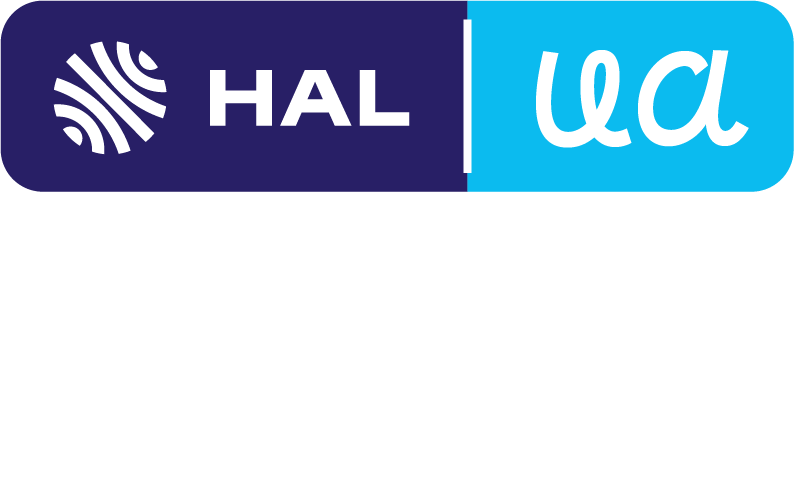Validation of Fourier Transform Infrared Microspectroscopy for the Evaluation of Enzymatic Cross-Linking of Bone Collagen
Résumé
Enzymatic cross-linking of the bone collagen is important to resist to crack growth and to increased flexural strength. In the present study, we proposed a new method for assessment of enzymatic cross-link based on Fourier transform infrared (FTIR) microspectroscopy that takes into account secondary structure of type I collagen. Briefly, femurs were collected from sham or ovariectomized mice and subjected either to high-performance liquid chromatography-mass spectrometry or embedded in polymethylmethacrylate, cut and analyzed by FTIR microspectroscopy. FTIR acquisition was recorded before and after ultraviolet (UV) exposure or acid treatment. In addition, femurs from a second animal study were used to compare gene expression of Plod2 and Lox enzymes and enzymatic cross-links determined by FTIR microspectroscopy. We evidenced here that intensities and areas of subbands located at ~1660, ~1680, and ~1690 cm −1 were positively and significantly associated with the concentration of pyridinoline (PYD), deoxypyridinoline, or immature dihydroxylysinonorleucine/ hydroxylysinonorleucine cross-links. Seventy-two hours exposure to UV light significantly reduced by ~86% and ~89% the intensity and area of the ~1660 cm −1 subband. Similarly, 24 h of acid treatment significantly reduced by 78% and 76% the intensity and area of the ~1690 cm −1 subband. Plod2 and Lox expression were also positively associated to the signal of the ~1660 and ~1690 cm −1 subbands. In conclusion, our study provided a new method for decomposing the amide I envelope of bone section that positively correlates with PYD and immature collagen cross-links. This method allows for investigation of tissue distribution of enzymatic cross-links in bone section.
| Origine | Fichiers éditeurs autorisés sur une archive ouverte |
|---|---|
| Licence |
Copyright (Tous droits réservés)
|
